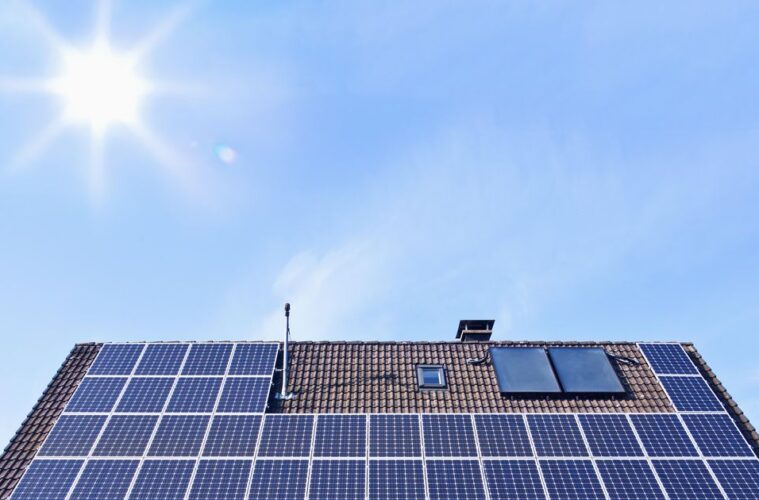Investing in a solar energy system has high upfront costs, but it saves you money in the long term and conserves the environment. How? Harnessing energy from the sun reduces reliance on fossil fuels that increase your carbon footprint. Also, the sun is free, meaning you don’t have to pay monthly electricity bills.
Due to the high cost of solar energy system components, especially batteries and inverters, many homeowners usually take loans to purchase this equipment. This article discusses how to calculate your solar payback period, whether you bought it in cash or on loan.
What is a Solar Payback Period?
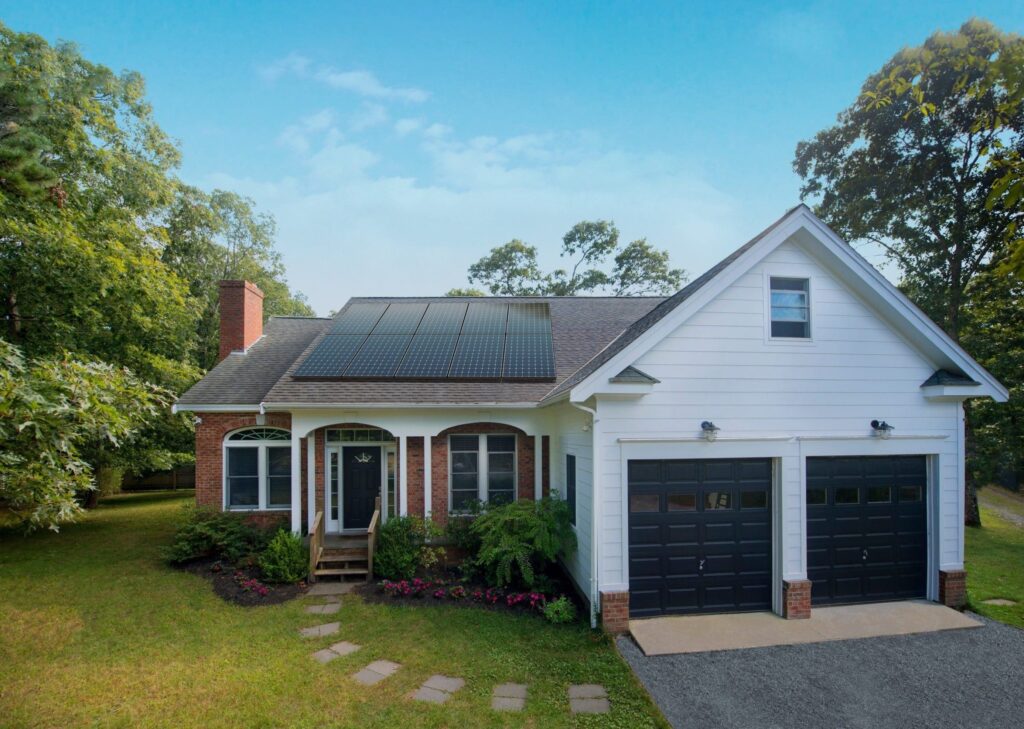
source: pinterest.com
A solar payback period is the time it takes to save the money you used to purchase your solar energy system. The savings are the money you’d have otherwise paid as electricity bills.
Payback periods vary depending on many factors. On average, saving the money you used to obtain your solar energy system takes three to six years. This is an impressive return on investment, given that most solar panels last for at least 25 years.
Factors that Affect Your Solar Payback Period
Several factors affect the length of your solar payback period. In most cases, the factors depend on your location and electricity supply company. That’s why it’s advisable to consult s reputable solar installation company to guide you through the process and assess the investment costs and how they affect your payback period.
That said, the factors that affect your solar payback period calculations, regardless of location and electricity supplier.
The Cost of Electricity
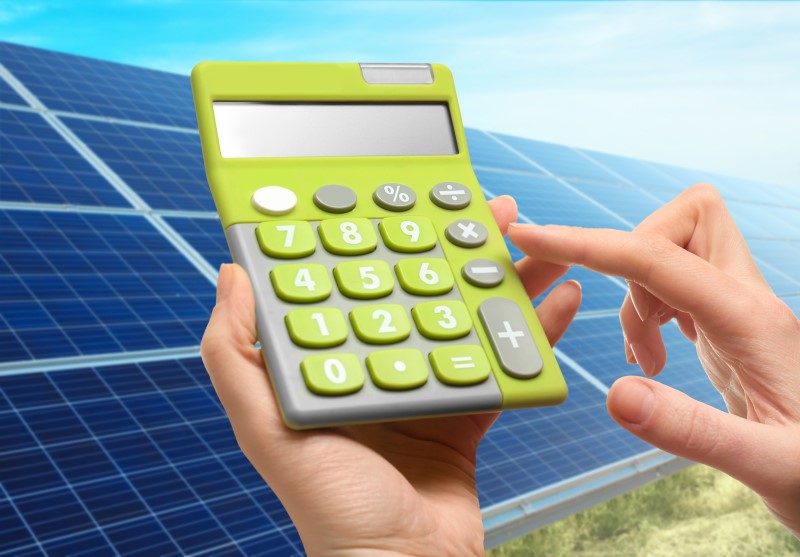
source: pinterest.com
This is the cost of electricity per unit, denoted in kilowatt-hours (kWh).
The Size of Your Solar Energy System
Your consumption needs to determine the correct size of your solar energy system. For instance, if you have many appliances, you will need several solar panels.
The Efficiency of Your Solar Energy System
Your location and solar panel type affect the efficiency of your system. For example, your system will likely be more efficient if you live in a sunny area. Also, monocrystalline solar panels are more efficient than polycrystalline panels.
The Cost of Your System
Batteries are the most expensive component in a solar panel system. Your battery type affects the cost of the system. Lithium batteries are the costliest and most durable. On the other hand, lead-acid batteries are cheap but require more maintenance and have a short lifespan.
Power Consumption
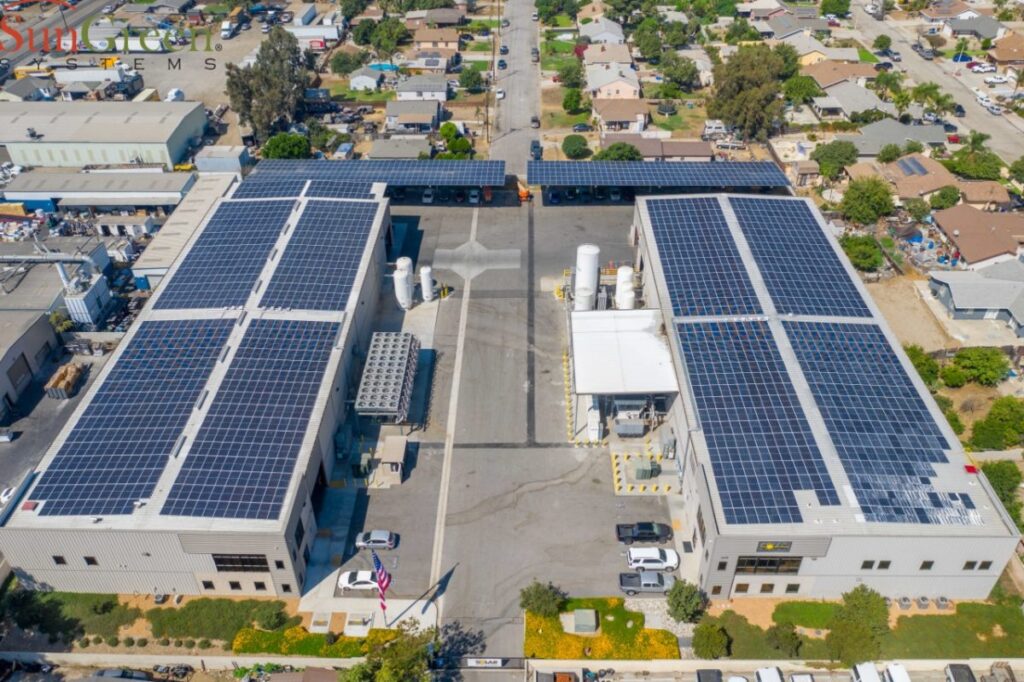
source: pinterest.com
You can sell some electricity to the main grid if you have a massive solar energy system. This helps reduce your solar payback period.
- How do I calculate My Solar Payback Period?
As mentioned, the most crucial factors are location and electricity cost. These help determine how long it will take you to recover the money spent to acquire your solar energy system.
Below is an example of calculating your solar payback period.
- Energy Cost: 25 cents per unit
- System Size: 10 kW
- System Cost: $700
- Energy Produced: 30 kWh daily
- Feed-in Tariff: 10 cents per kWh
Scenario 1: Using All-Energy Produced (30 kWh daily)
In this case, your home consumes all energy produced by your solar energy system without selling anything to the grid.
Here’s the way to calculate your payback period.
- Daily savings: 25 cents per unit × 30 kWh = $7.50
- Yearly savings: $7.50 × 365 = $2,737.50
- Payback period: $2,737.50 ÷ $700 = ~4 years
Scenario 2: Using 70% of the Energy Produced
In this case, your home consumes 70% of the energy produced and sells the remainder to the electricity grid. The supply company pays you a feed-in tariff for every unit sold to the grid.
Here’s how to calculate your solar payback period if you sell electricity to the supply company.
- Daily savings: 25 cents per unit × 30 kWh × 70% = $5.25
- Yearly savings: $5.25 × 365 = $1,916.25
- Feed-in tariff: 10 cents per unit × 30 kWh × 30% × 365 = $328.50
- Total savings: $1,916.25 + $328.50 = $2,244.75
- Payback period: $2,244.75 ÷ $700 = slightly over 3 years
How to Make Your System Last Longer
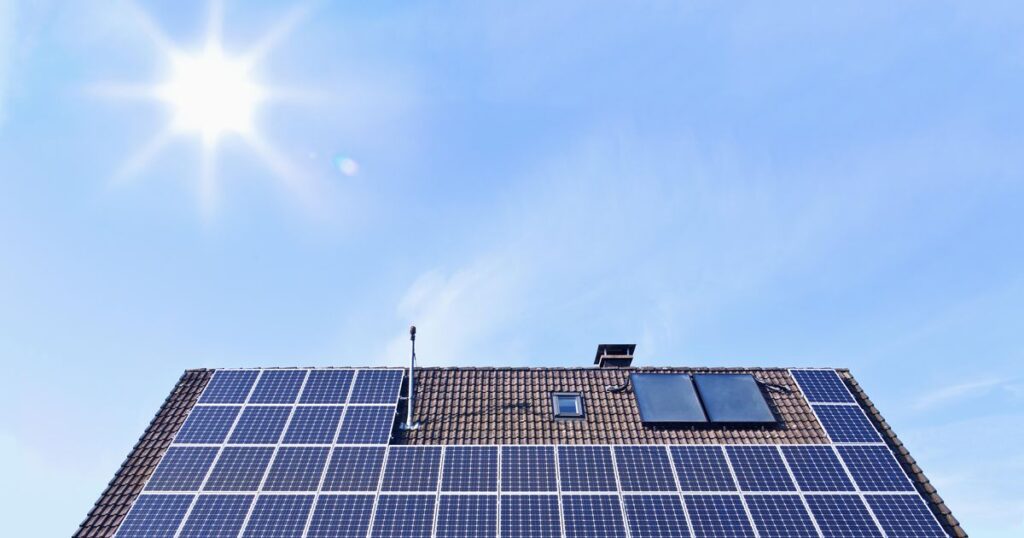
source: pinterest.com
If you want value for money, you must maintain your solar panels so they will last.
Here are clever ways to increase the lifespan of your solar panels.
Cleaning
Solar panel cleaning increases system efficiency. When the glass surface on your panels is dustless, more sun reaches the photovoltaic cells, resulting in higher electricity output.
The frequency of solar panel cleaning depends on your location. For example, if you reside in a windy region, you will need to wipe the panels more often to remove dust.
Please avoid using abrasive soap when cleaning your solar panels. Instead, use biodegradable soap. Also, be careful when climbing the roof because you can fall and damage the panels or injure yourself.
Keep Panels Away from Shade
Shade blocks sun rays from reaching your solar panels, reducing the energy output. Over time, this prolongs your payback period since you’re not getting enough energy to compensate for the cost of acquiring the system.
If tall trees are near your house, remove some branches to allow sunlight penetration. Otherwise, move the panels to an open area, free of obstructions.
Monitor Your Panels
Most inverters have indicator lights that show your solar panels’ status. If your panels are generating low voltages, they likely have a problem. This shouldn’t be an issue because most panels have a 20-year warranty.
Wrapping Up
Many people are adopting solar energy because it’s sustainable and cost-effective. Of course, it’s expensive to acquire but guarantees lifetime savings.
The tips mentioned earlier show you how to calculate your payback period. As seen, it takes up to five years to recoup the money used to purchase the system. From there, whatever you save will be profit.
If you’d like to make the most of your solar panels, keep them clean and away from shady spots. More importantly, monitor their performance regularly. This way, you’ll enjoy the benefits of solar energy for many years.

